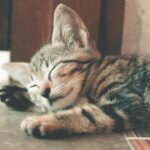For cat lovers, the diversity in feline fur types is as fascinating as it is beautiful. Each cat’s coat is like a fingerprint, unique in its texture, length, and color. Understanding the different types of cat fur and how to care for each can dramatically improve your pet’s health and happiness. This guide will explore the various fur types found in cats and provide practical tips on how to maintain them.
Short-Haired Cat Fur
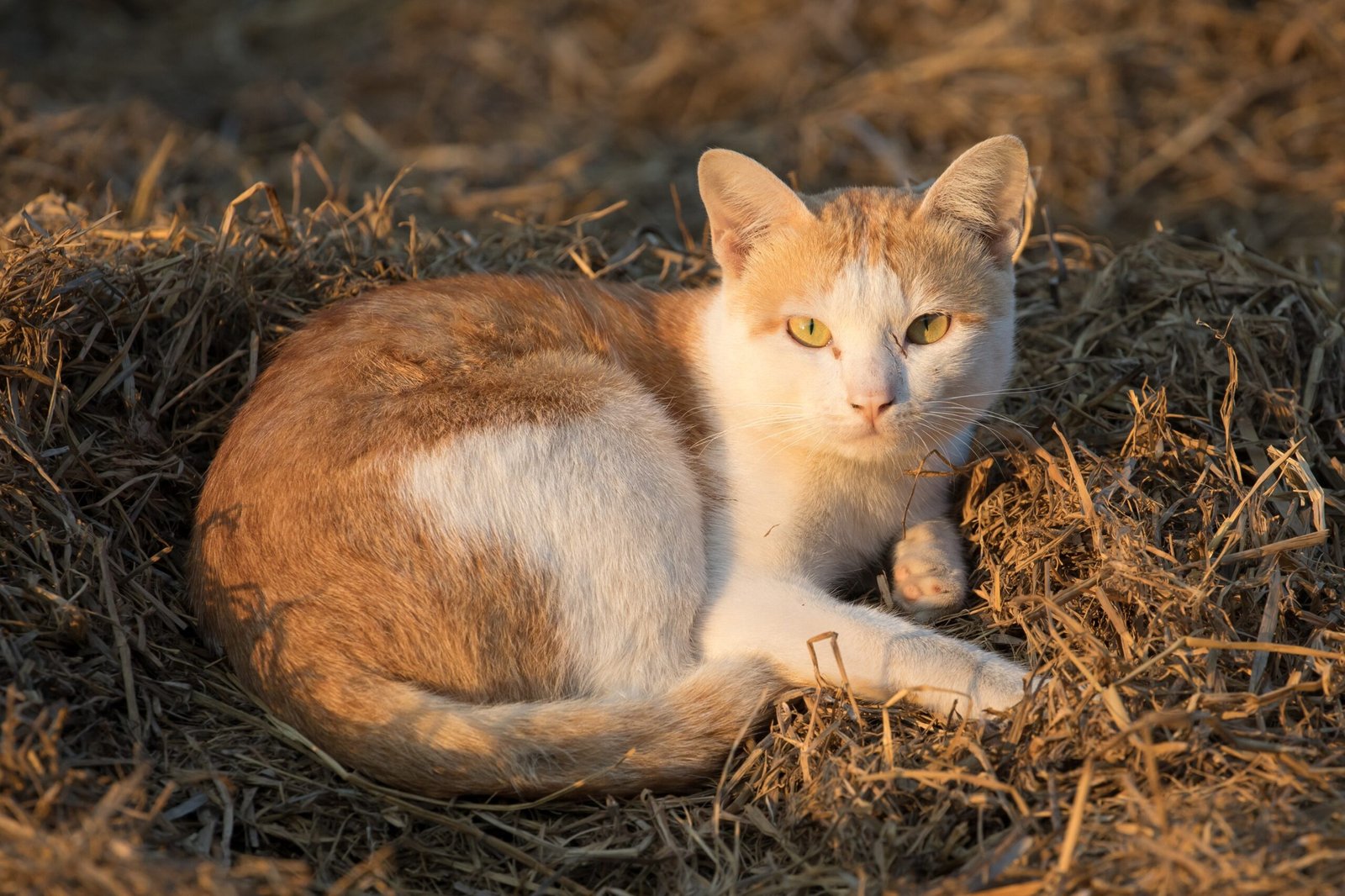
Short-haired cats are a popular choice for many pet owners due to their low-maintenance coats. These cats have fur that is less than an inch long, making it easier to care for. Regular brushing, about once a week, is generally sufficient to keep their coat shiny and healthy. The short fur reduces the likelihood of tangles and mats, but it’s still important to check for any signs of these. Short-haired breeds, like the American Shorthair, also shed less, which is a bonus for those with allergies. Despite the low maintenance, it’s crucial to provide a balanced diet rich in omega fatty acids to support their skin and coat health. Always remember, even short-haired cats can benefit from the occasional bath.
Long-Haired Cat Fur
Long-haired cats, with their luxurious coats, require more attention and care. Their fur can grow several inches long, leading to a higher risk of tangles and mats. Breeds such as the Persian or Maine Coon need daily brushing to prevent these issues. A wide-toothed comb or a specialized cat brush is ideal for getting through their thick fur. Regular grooming not only keeps their coat looking immaculate but also reduces shedding around the home. It’s important to be gentle while brushing to avoid hurting your feline friend. Long-haired cats may also need occasional trimming around their hindquarters to maintain hygiene. Additionally, regular baths can help manage oil and dirt accumulation in their dense fur.
Curly-Haired Cat Fur
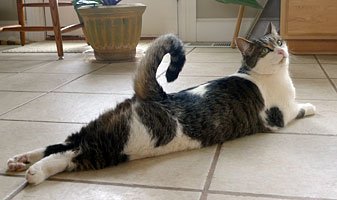
Curly-haired cats are quite unique, with their distinctive wavy or curly coats. Breeds like the Devon Rex and Selkirk Rex fall into this category. Their fur is generally short but requires specific care to maintain its charm. Brushing should be done with care, using a soft-bristle brush to avoid damaging the curls. These cats typically shed less, which is a relief for allergy sufferers. However, their coat can trap oils, so occasional baths are necessary to keep their skin healthy. Always use a cat-specific shampoo to avoid irritation. As with any cat, a nutritious diet is key to keeping their coat vibrant and full of life.
Hairless Cat Fur
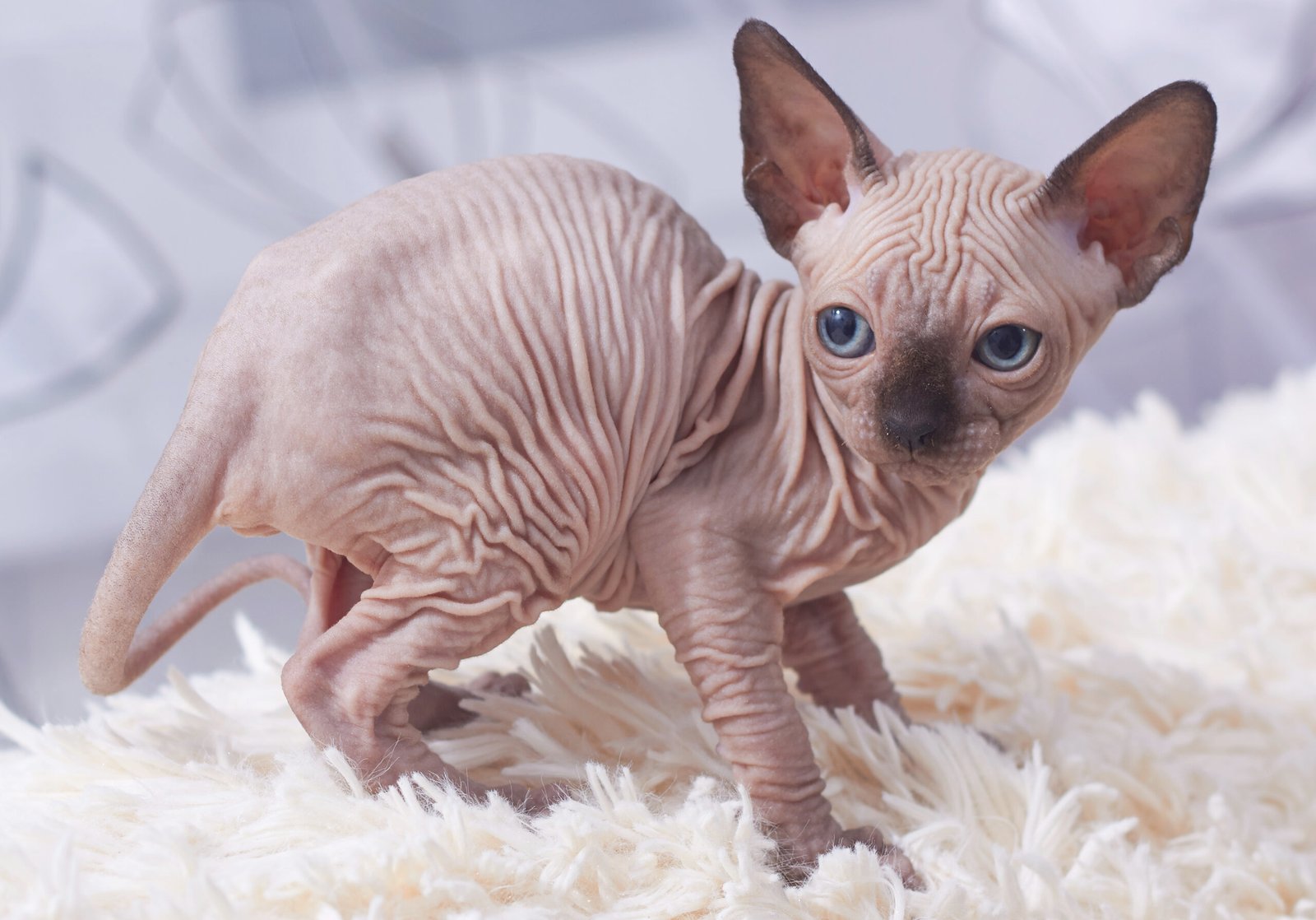
Hairless cats, such as the Sphynx, require a unique approach to grooming. Despite their lack of fur, they still need regular care to maintain their skin health. These cats produce oils that would typically be absorbed by fur, so regular baths are essential. Bathing once a week can help prevent oil buildup and related skin issues. It’s crucial to use gentle, hypoallergenic shampoos to avoid skin irritation. Additionally, these cats need protection from the sun and cold weather, as their lack of fur leaves them vulnerable. Investing in cat-specific sunscreen and clothing can help keep your hairless feline comfortable and safe.
Double-Coated Cat Fur
Double-coated cats possess both a soft undercoat and a longer outer coat, providing them extra warmth and protection. Breeds like the Siberian and Norwegian Forest Cat have this type of fur. These cats require thorough grooming to manage shedding and prevent matting. A combination of a slicker brush and a deshedding tool can help remove loose hairs from both layers. Regular grooming is essential to keep their coat in top condition and minimize hairballs. Despite their thick coats, these cats still benefit from a balanced diet rich in omega-3 and omega-6 fatty acids. Regular grooming sessions also provide an excellent opportunity to check for any skin issues or parasites.
Single-Coated Cat Fur
Single-coated cats have a straightforward grooming routine, as they lack the dense undercoat found in double-coated breeds. This makes them less prone to matting and requires less frequent brushing. However, weekly grooming is still beneficial to remove loose hair and distribute natural oils. Breeds like the Siamese and Burmese often fall into this category. These cats tend to shed less, making them a good option for those who prefer a low-maintenance pet. Despite the simplicity of their grooming needs, a well-balanced diet is crucial to keeping their coat sleek and shiny. Regular health check-ups are also important to catch any potential skin issues early.
Silk-Like Cat Fur
Cats with silk-like fur are a joy to pet and admire. Their coats are typically fine, soft, and shiny, requiring regular care to maintain their allure. Breeds such as the Turkish Angora and Balinese have this type of fur. Regular brushing helps prevent tangles and keeps their coat looking its best. These cats often have a single coat, making grooming less labor-intensive. However, it’s important to be gentle to avoid breaking the delicate hairs. A diet rich in essential fatty acids can enhance the silkiness of their fur. Regular vet visits ensure their skin and coat remain in optimal condition.
Woolly Cat Fur
Woolly cat fur is dense and plush, resembling the texture of wool. Breeds like the Cornish Rex and LaPerm showcase this unique fur type. Regular grooming is essential to prevent matting and distribute natural oils. A slicker brush or comb designed for curly coats can effectively manage their dense fur. These cats may require more frequent baths to prevent oil buildup. Despite their thick coats, woolly cats are often sensitive to temperature changes, so keeping them comfortable indoors is important. A nutritious diet supports their overall health, ensuring their coat remains lush and vibrant. Regular check-ups help monitor any skin issues that might arise due to their dense fur.
Patterned Cat Fur

Patterned cat fur adds an extra layer of beauty and intrigue to a cat’s appearance. From tabbies to tortoiseshells, each pattern is unique and captivating. Regular grooming helps maintain the vibrancy of their patterns and keeps their coat healthy. A simple brush once a week can help remove loose fur and prevent shedding. It’s important to pay attention to any changes in their coat patterns, as it might indicate health issues. A balanced diet enhances the colors and patterns, making them more striking. Regular vet visits ensure any underlying health issues are addressed promptly.
Spotted Cat Fur
Spotted cat fur is a striking feature that draws attention. Breeds like the Bengal boast this unique fur type, which requires regular grooming to maintain its allure. A soft brush or grooming mitt can help remove loose hairs and keep their coat looking its best. These cats often have short to medium-length fur, making grooming less time-consuming. A diet rich in essential nutrients supports the vibrancy of their spots. Regular grooming sessions also provide an opportunity to bond with your feline friend. Keeping their environment clean can help reduce shedding and maintain the beauty of their spotted coat.
Striped Cat Fur

Striped cat fur, commonly seen in tabby cats, is a classic and charming feature. Regular grooming helps maintain the sleekness and shine of their coat. A gentle brush once a week can help remove loose hairs and prevent shedding. These cats often have a single coat, making grooming relatively easy. A diet rich in essential nutrients enhances the vibrancy of their stripes. Regular vet visits ensure any potential health issues are caught early. A clean and comfortable environment supports their overall well-being.
Tortoiseshell Cat Fur
Tortoiseshell cats are known for their striking and unique fur patterns. Regular grooming helps maintain the beauty of their coat and prevents matting. A soft brush or grooming mitt can help remove loose hairs and keep their fur looking its best. These cats often have a mix of colors, making their grooming routine a bit more intricate. A balanced diet enhances the vibrancy of their colors, making them more striking. Regular vet visits ensure any underlying health issues are addressed promptly. A clean and comfortable environment supports their overall well-being.
Calico Cat Fur
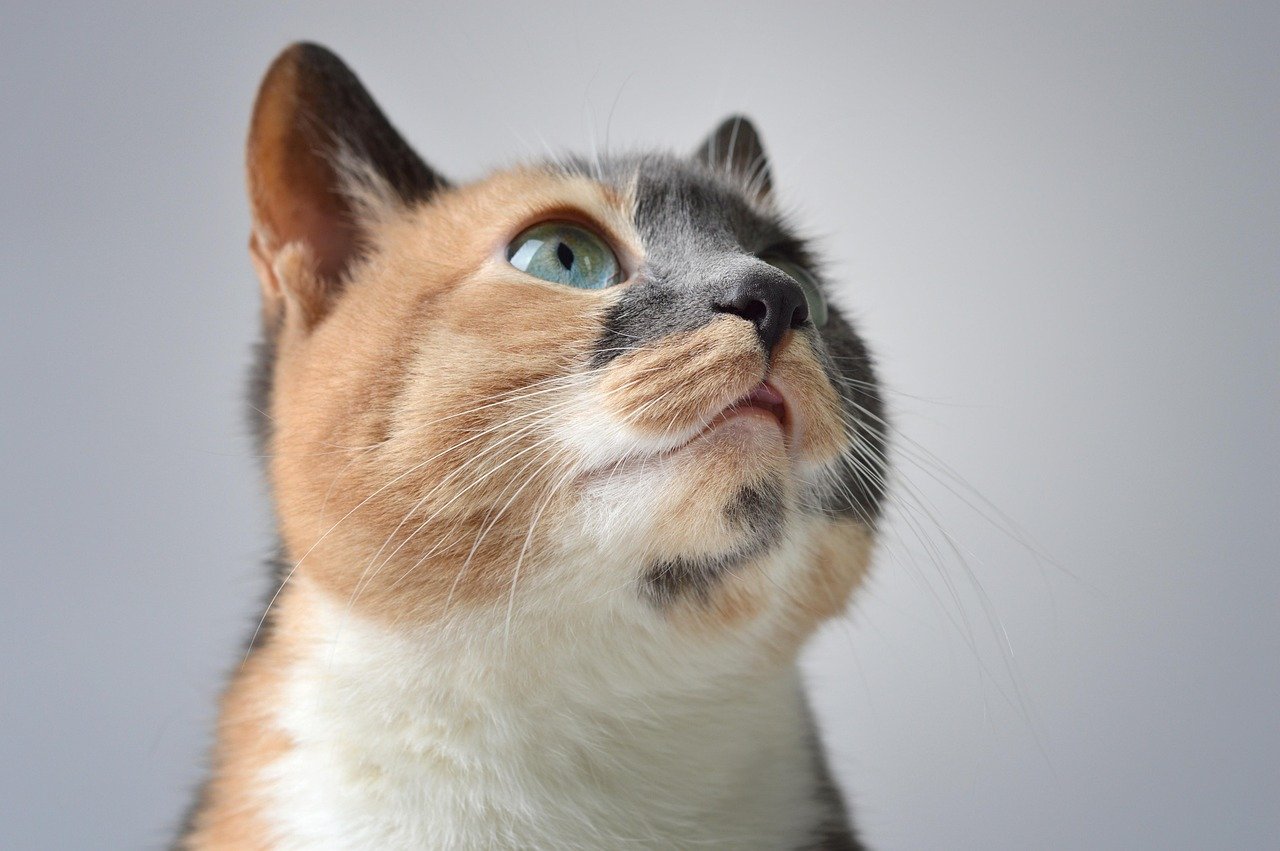
Calico cats are known for their beautiful and unique fur patterns. Regular grooming helps maintain the beauty of their coat and prevents matting. A soft brush or grooming mitt can help remove loose hairs and keep their fur looking its best. These cats often have a mix of colors, making their grooming routine a bit more intricate. A balanced diet enhances the vibrancy of their colors, making them more striking. Regular vet visits ensure any underlying health issues are addressed promptly. A clean and comfortable environment supports their overall well-being.
Solid-Colored Cat Fur
Solid-colored cats, with their monochromatic coats, are elegant and timeless. Regular grooming helps maintain the sleekness and shine of their coat. A gentle brush once a week can help remove loose hairs and prevent shedding. These cats often have a single coat, making grooming relatively easy. A diet rich in essential nutrients enhances the vibrancy of their color. Regular vet visits ensure any potential health issues are caught early. A clean and comfortable environment supports their overall well-being.
Bi-Color Cat Fur
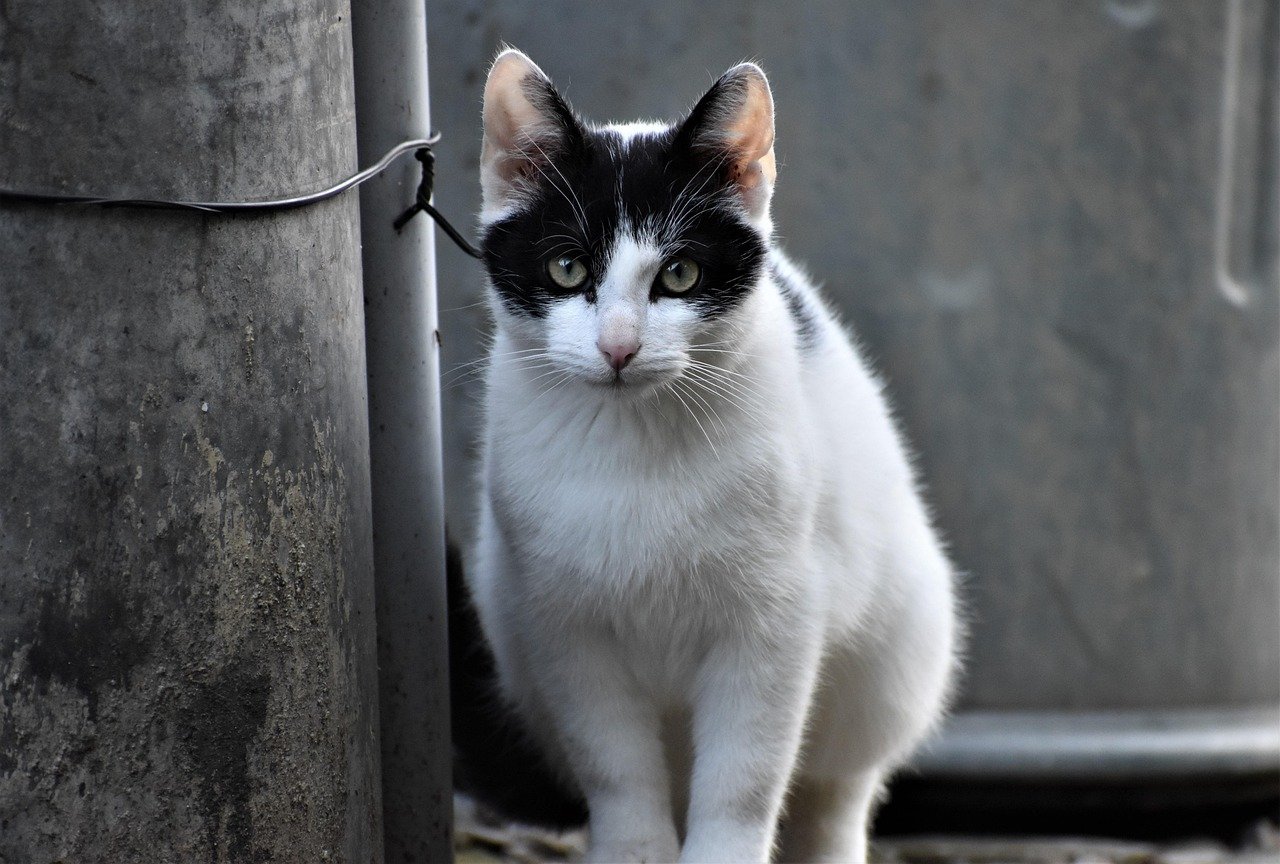
Bi-color cats, with their charming mix of two colors, are a delightful sight. Regular grooming helps maintain the vibrancy of their coat and prevents matting. A soft brush or grooming mitt can help remove loose hairs and keep their fur looking its best. These cats often have a mix of colors, making their grooming routine a bit more intricate. A balanced diet enhances the vibrancy of their colors, making them more striking. Regular vet visits ensure any underlying health issues are addressed promptly. A clean and comfortable environment supports their overall well-being.
Tabby Cat Fur
Tabby cats are beloved for their distinctive patterns and charming personalities. Regular grooming helps maintain the beauty of their coat and prevents matting. A gentle brush once a week can help remove loose hairs and prevent shedding. These cats often have a single coat, making grooming relatively easy. A diet rich in essential nutrients enhances the vibrancy of their patterns. Regular vet visits ensure any potential health issues are caught early. A clean and comfortable environment supports their overall well-being.
Ticked Cat Fur
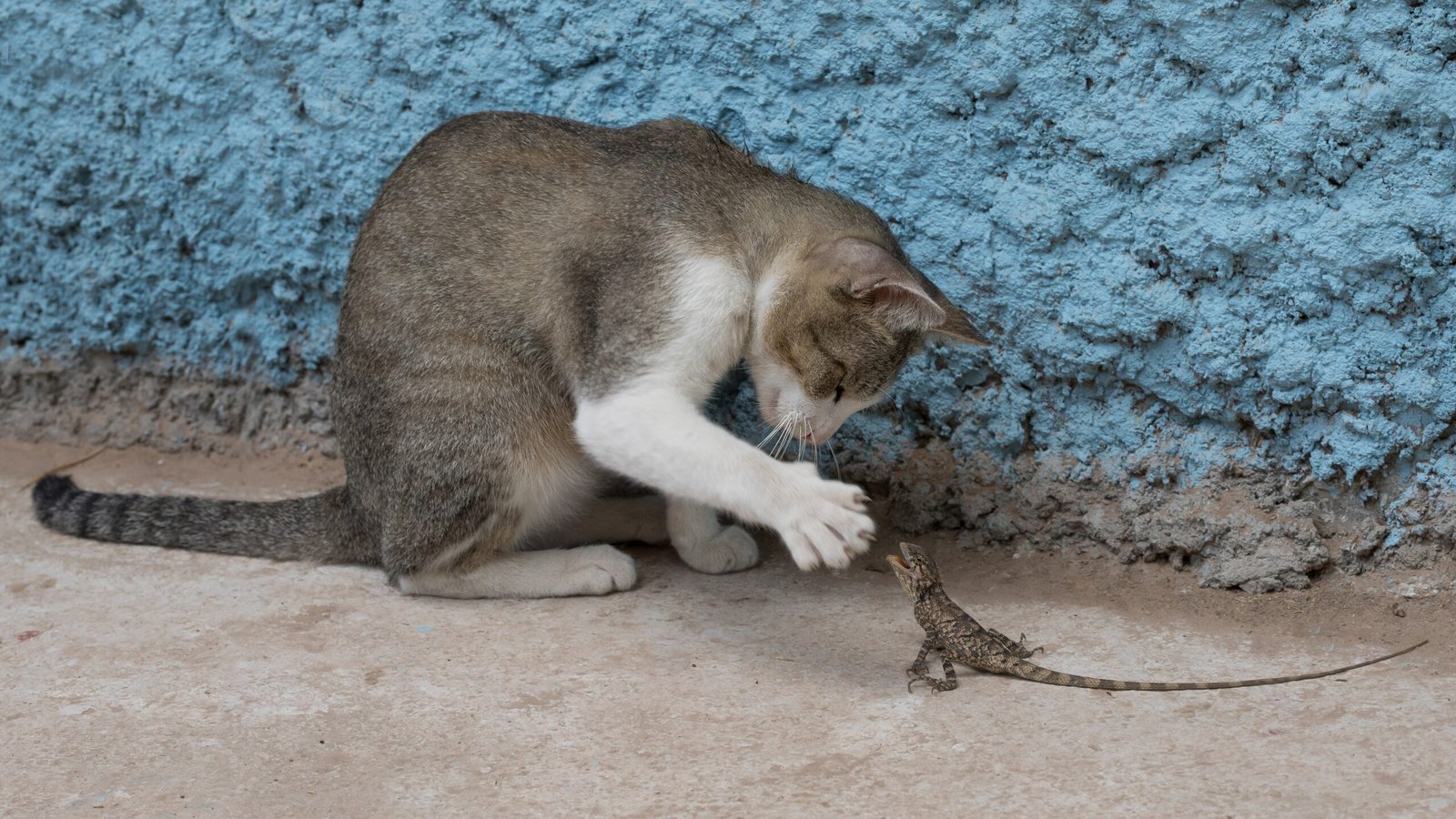
Ticked cat fur is characterized by its unique agouti pattern, where each hair is banded with multiple colors. Regular grooming helps maintain the vibrancy of their coat and prevents matting. A soft brush or grooming mitt can help remove loose hairs and keep their fur looking its best. These cats often have a mix of colors, making their grooming routine a bit more intricate. A balanced diet enhances the vibrancy of their colors, making them more striking. Regular vet visits ensure any underlying health issues are addressed promptly. A clean and comfortable environment supports their overall well-being.
Shaded Cat Fur
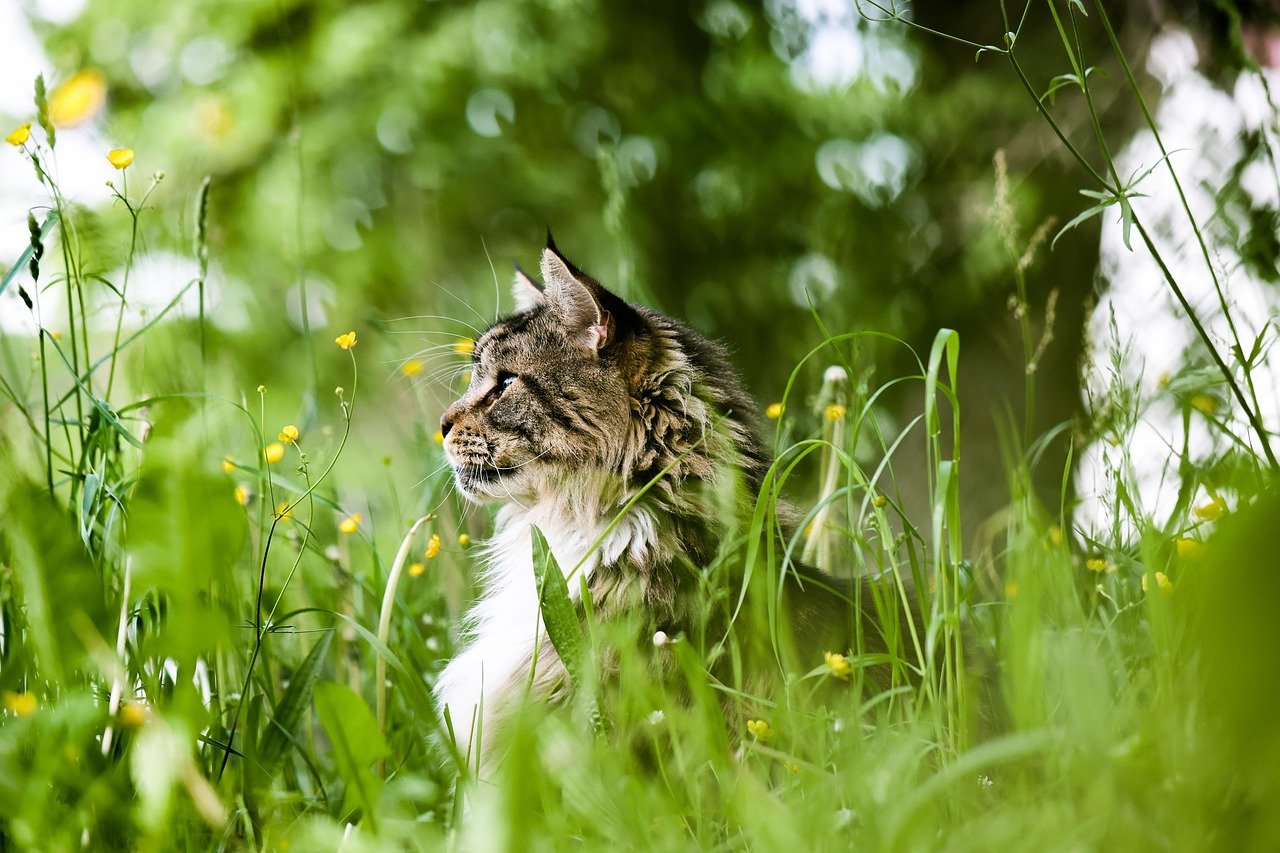
Shaded cat fur is characterized by its unique gradient effect, where the color fades from dark to light. Regular grooming helps maintain the vibrancy of their coat and prevents matting. A soft brush or grooming mitt can help remove loose hairs and keep their fur looking its best. These cats often have a mix of colors, making their grooming routine a bit more intricate. A balanced diet enhances the vibrancy of their colors, making them more striking. Regular vet visits ensure any underlying health issues are addressed promptly. A clean and comfortable environment supports their overall well-being.
Smoke Cat Fur
Smoke cat fur is characterized by its unique silver-tipped effect, where the color appears to shimmer. Regular grooming helps maintain the vibrancy of their coat and prevents matting. A soft brush or grooming mitt can help remove loose hairs and keep their fur looking its best. These cats often have a mix of colors, making their grooming routine a bit more intricate. A balanced diet enhances the vibrancy of their colors, making them more striking. Regular vet visits ensure any underlying health issues are addressed promptly. A clean and comfortable environment supports their overall well-being.
In the world of cats, fur is more than just a coat; it’s a key aspect of their identity and health. By understanding the different types of cat fur and how to care for each, you can ensure your feline friend stays happy and healthy. Whether your cat is short-haired, long-haired, or anything in between, regular grooming and a balanced diet are essential. By providing the right care, you can enjoy the beauty and companionship of your feline friend for years to come.
Hi, I’m Bola, a passionate writer and creative strategist with a knack for crafting compelling content that educates, inspires, and connects. Over the years, I’ve honed my skills across various writing fields, including content creation, copywriting, online course development, and video scriptwriting.
When I’m not at my desk, you’ll find me exploring new ideas, reading books, or brainstorming creative ways to solve challenges. I believe that words have the power to transform, and I’m here to help you leverage that power for success.
Thanks for stopping by, Keep coming to this website to checkout new articles form me. You’d always love it!




